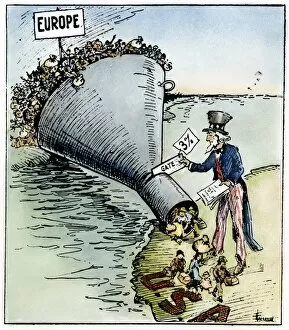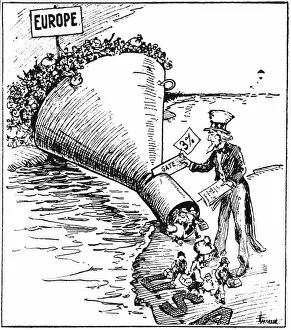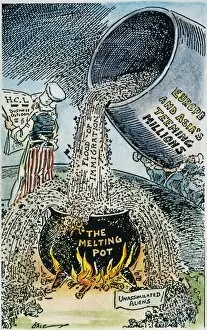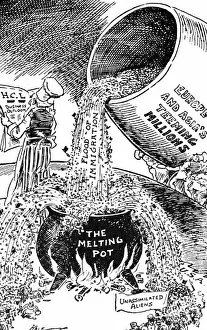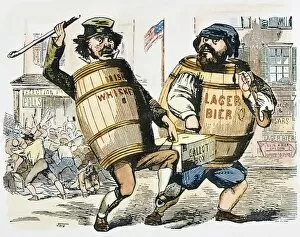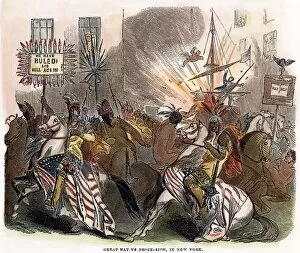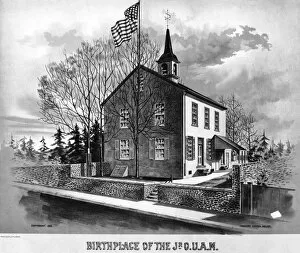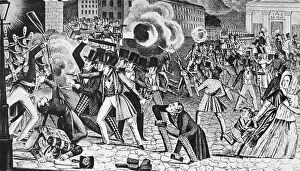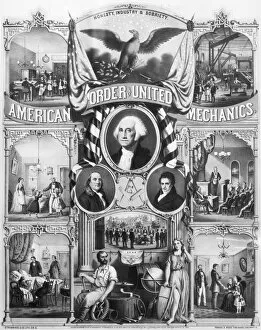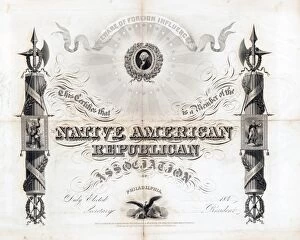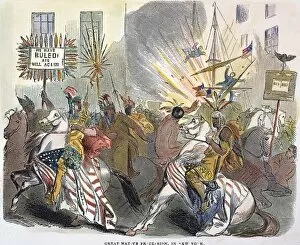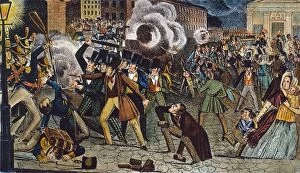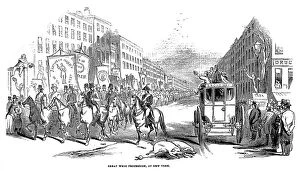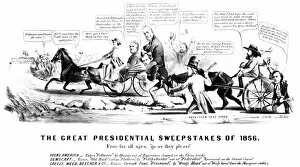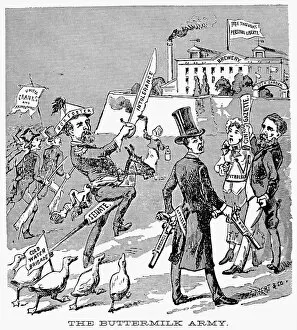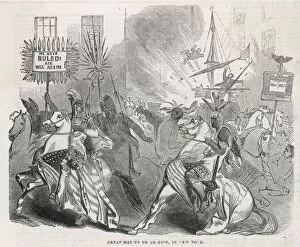Nativist Collection
"Nativist Movements in American History: A Look at Immigration and Assimilation" Throughout American history, the issue of immigration has often been a contentious topic
All Professionally Made to Order for Quick Shipping
"Nativist Movements in American History: A Look at Immigration and Assimilation" Throughout American history, the issue of immigration has often been a contentious topic. Various cartoons and historical events shed light on the nativist sentiments that emerged during different periods. One such cartoon from 1921 titled "Spoiling the Broth" depicts concerns about immigrants failing to assimilate into the national melting pot. In another cartoon from 1850, known as the "Know-Nothing Cartoon, " Irish and German immigrants are accused of stealing American elections and controlling big city political machines. This highlights how nativism was not limited to fears of cultural assimilation but also encompassed political anxieties. The presidential campaign of 1844 witnessed Native Americans (Know-Nothings) demonstrating their opposition to immigration. These demonstrations were captured in wood engravings, showcasing the fervor with which some Americans opposed newcomers. Nativism was not solely confined to public sentiment; it also found expression through organizations like the Junior Order of United American Mechanics, founded as a fraternal order promoting native-born citizens' interests. Membership certificates for groups like the Native American Republican further illustrate this trend. However, these nativist movements sometimes took an ugly turn, as seen in Philadelphia's Nativist Riot of 1844. An anti-Catholic mob wearing tall beaver hats clashed with state militia over religious differences—an unfortunate example of violence fueled by prejudice. Amidst all these events, one cannot overlook how immigration has shaped America's diverse fabric positively. While nativist sentiments have existed throughout history, they do not define our nation entirely. The struggles faced by immigrant communities have led to resilience and contributions that enrich our society today. Understanding these historical moments helps us reflect on past mistakes while striving for a more inclusive future where diversity is celebrated rather than feared or rejected. As we navigate contemporary debates surrounding immigration policies, let us remember that empathy and understanding can bridge divides and foster a stronger, united nation.

